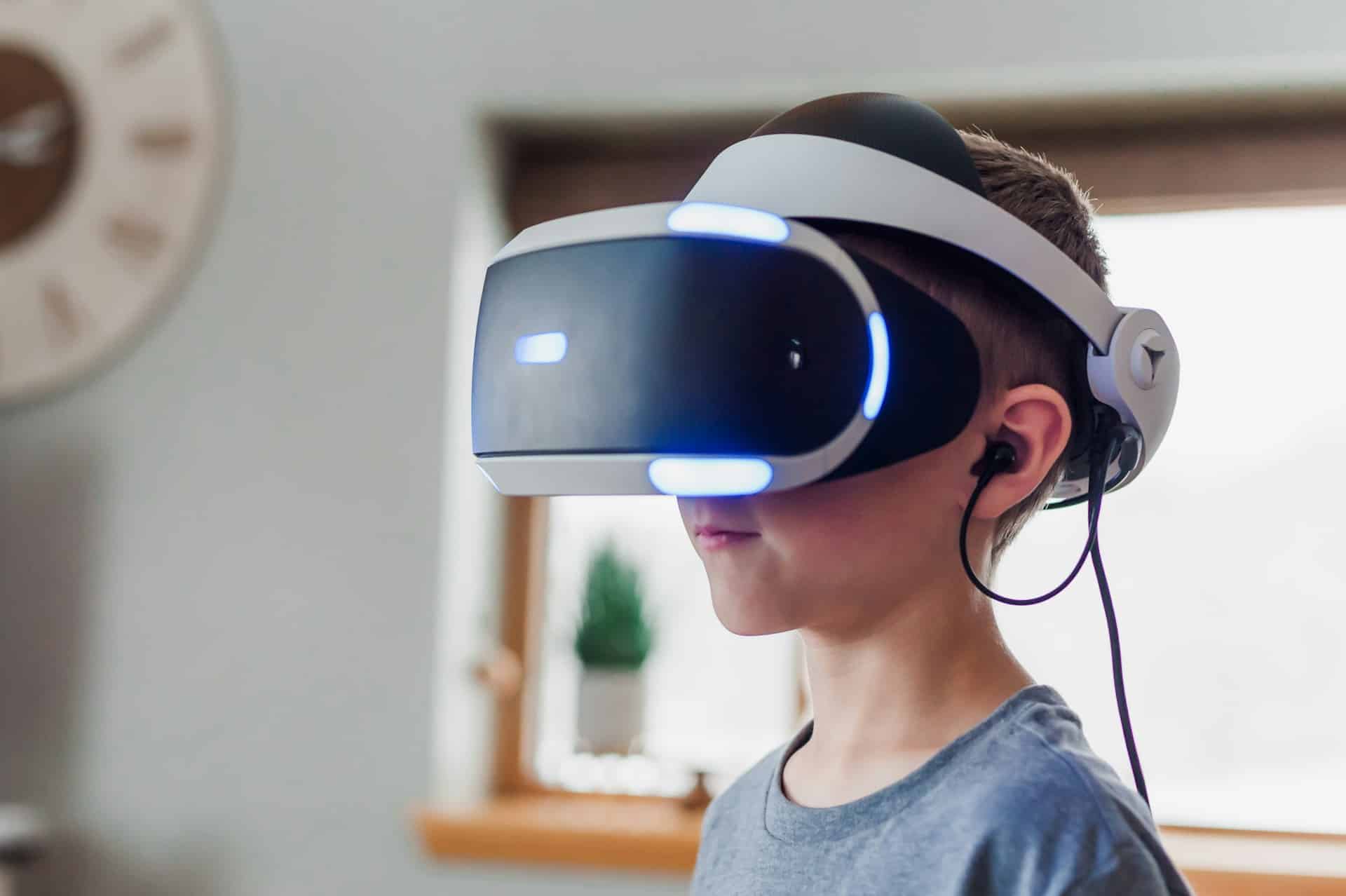How to create a virtual reality experience for UK’s historical sites?

In an era where technology is rapidly reshaping the way we interact with the world, the preservation and interpretation of cultural heritage have found a new ally in virtual reality (VR). For those of you looking to delve into the world of VR to offer immersive experiences that bring historical sites to life, the journey begins here. This guide will explore the steps, tools, and considerations essential for creating compelling VR experiences for the UK's rich tapestry of heritage sites.
The Role of Virtual Reality in Cultural Heritage
Virtual reality has the power to transform history from static displays into dynamic, interactive experiences. When applied to cultural heritage, VR allows users to explore historical sites in ways previously unimaginable. Imagine walking through the ancient ruins of Stonehenge, not just as they stand today, but as they were thousands of years ago. This capability makes VR an invaluable tool for education, museum exhibitions, and heritage interpretation.
Sujet a lire : How can UK-based retailers use AI to enhance supply chain efficiency?
The use of virtual tours can make inaccessible or deteriorated sites available to the public again. VR can recreate environments using computer-generated imagery, offering users a detailed view of the archaeological data and allowing them to experience the site in real time. The result is an immersive experience that is both educational and engaging, bridging the gap between past and present.
Steps to Create a Virtual Reality Experience
Research and Data Collection
Before embarking on the creation of a VR experience, comprehensive research is paramount. Gather archaeological data, historical records, and visual imagery to understand the site in depth. Collaborate with experts like Wessex Archaeology for accurate heritage interpretation. The goal is to create a digital representation that is as accurate and detailed as possible.
Sujet a lire : What are the steps to develop a user-friendly mobile app for UK’s public services?
Fieldwork, including archaeological digs and photogrammetry, can provide critical data. Photogrammetry uses photography to digitally map out a site, capturing every detail. This data will form the base of the VR experience, ensuring authenticity and precision.
Choosing the Right Technology
Selecting the appropriate technology is crucial. VR experiences thrive on immersive technologies like headsets (Oculus Rift, HTC Vive) and software (Unreal Engine, Unity). For augmented reality (AR) elements, devices like Microsoft HoloLens can overlay digital information onto the real world, enriching the user experience.
In addition to hardware, robust software platforms are essential. Unity and Unreal Engine offer powerful tools for real-time rendering and development, allowing the creation of complex environments and interactive elements. These platforms also support cross-platform deployment, making your VR experience accessible on multiple devices.
Creating the Virtual Environment
Once the data and tools are ready, the next step is to construct the virtual environment. This involves translating the archaeological data into a computer-generated representation. 3D modeling software, like Blender or Autodesk Maya, can help recreate structures, landscapes, and artifacts with high precision.
The studio team should focus on creating a reality experience that is both visually stunning and historically accurate. Environmental details, such as weather conditions and time of day, can enhance the immersive experience. Adding interactive elements, like informational pop-ups or guided tours, can further engage users.
Testing and Refinement
Testing is a critical phase. It ensures that the VR experience is not only functional but also intuitive and enjoyable. Gather feedback from a diverse group of testers, including historians, archaeologists, and general audiences. This feedback will help identify any inaccuracies or areas for improvement.
Refinement involves tweaking the virtual environment, improving user interfaces, and ensuring compatibility with various VR devices. The goal is to create a seamless and engaging experience that captivates and educates users.
Benefits of Virtual Reality for Historical Sites
Accessibility and Preservation
VR makes historical sites accessible to a global audience, regardless of geographical limitations. This is particularly beneficial for sites that are physically challenging to visit or have restricted access due to preservation concerns. By offering a digital alternative, we can protect these precious sites while still sharing their stories.
Additionally, VR can serve as a valuable tool for preservation. Detailed digital records captured through photogrammetry and other techniques can be used to monitor changes over time and aid in restoration efforts.
Enhancing Education and Engagement
Educational institutions and museums can leverage VR to bring history to life. Students and visitors can experience historical events and locations firsthand, deepening their understanding and appreciation. VR’s immersive nature makes it an effective tool for teaching, offering users an engaging alternative to traditional methods.
Interactive elements like quizzes, guided tours, and informational displays can enhance user engagement. These features make learning about history an exciting and participatory activity, fostering a deeper connection to our cultural heritage.
Innovative Storytelling
VR offers innovative storytelling opportunities. By placing users in the midst of historical events, we can create narratives that are both immersive and impactful. Imagine walking alongside Roman soldiers along Hadrian’s Wall or witnessing the signing of the Magna Carta. These experiences can provide unique insights and foster a profound connection to the past.
Tourism and Economic Impact
The use of VR can also drive tourism and economic growth. By creating compelling VR experiences, heritage sites can attract a wider audience, including those who may not have considered visiting. This influx of virtual tourists can translate into actual visitors, boosting local economies and supporting the preservation of these sites.
Challenges and Considerations
Balancing Accuracy and Creativity
One of the primary challenges in creating VR experiences for historical sites is balancing accuracy with creativity. While computer-generated imagery allows for rich and detailed environments, it is essential to remain true to historical facts. Collaborating with historians and archaeologists can help ensure that the virtual environment is both accurate and engaging.
Technological Limitations
Despite the advancements in VR technology, there are still limitations to consider. Virtual reality requires high-performance hardware, which can be expensive and inaccessible to some users. Additionally, the development process can be time-consuming and resource-intensive. Careful planning and budgeting are necessary to ensure the project’s success.
User Experience and Accessibility
Creating an intuitive and accessible user experience is crucial. Not all users are familiar with VR technology, so the interface should be straightforward and easy to navigate. Consider offering tutorials or guides to help users acclimate to the virtual environment.
Accessibility is another important consideration. Ensure that the VR experience is inclusive, accommodating users with disabilities. This can include offering alternative controls, subtitles, and audio descriptions.
Creating a virtual reality experience for the UK’s historical sites is a multifaceted process that requires careful planning, collaboration, and innovation. By leveraging immersive technologies, we can transform cultural heritage into dynamic and engaging experiences that captivate and educate audiences around the world.
From the initial research and data collection to the final testing and refinement, each step plays a crucial role in bringing history to life. By making historical sites accessible, enhancing education, and driving tourism, VR has the potential to revolutionize the way we interact with our past.
As we stand on the cusp of this technological frontier, the possibilities are boundless. By embracing virtual reality, we can ensure that the stories of our cultural heritage continue to resonate for generations to come, bridging the gap between history and modernity in ways we never thought possible.
